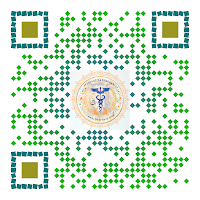- Serum glucose >250 mg/dL
- Arterial pH <7.3
- Serum bicarbonate <18 mEq/L
- At least moderate ketonuria or ketonemia.
Infection is a very common trigger for DKA in patients who have new-onset diabetes and previously established diabetes. If there is any suspicion of infection, antibiotics should be administered promptly.
2.6% to 3.2% of DKA admissions are Euglycemic Diabetic ketoacidosis (EDKA).
Pregnancy is a risk factor for EDKA because of the physiologic state of hypoinsulinemia and increased starvation.
Alcoholic ketoacidosis may have a similar presentation to EDKA, with anorexia, vomiting, dyspnea, and significant anion gap metabolic acidosis and ketonemia.
Common, early signs of ketoacidosis include nausea, vomiting, abdominal pain, and hyperventilation.
Patients with DKA usually present with a serum anion gap greater than 20 mEq/L (normal 3 to 10 mEq/L). However, the increase in anion gap is variable, being determined by several factors: the rate and duration of ketoacid production, the rate of metabolism of the ketoacids and their loss in the urine, and the volume of distribution of the ketoacid anions.
Continue insulin infusion until ketoacidosis is resolved, serum glucose is below 200 mg/dL, and subcutaneous insulin is begun. Treatment with IV fluid resuscitation should continue until the anion gap closes and acidosis has resolved.
%20(which%20occurs%20more%20often%20in%20patients%20with%20poor%20oral%20intake,%20those%20treated%20with%20insulin%20prior%20to%20arrival%20in%20the%20emergency%20department,%20pregnant.jpg)



.%20They%20are%20nonblanching%20and%20nonpalpable.%20They%20typically%20occ.jpg)





